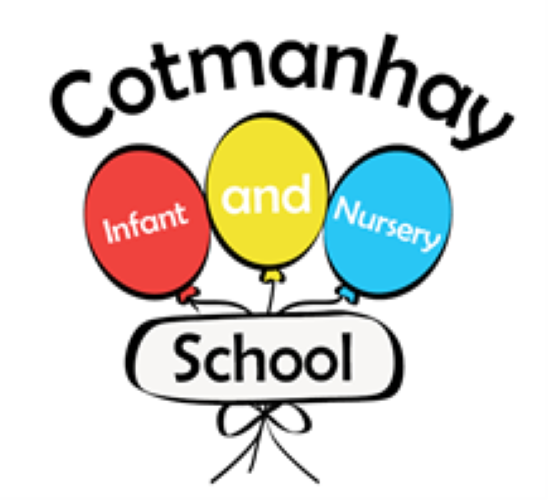Phonics
🧍♀️ ENGLISH LEAD = MISS STALLARD
This page will tell you everything you need to know about the teaching and assessment of phonics in our school.
If you have any questions or want anymore information on how to help your child at home, please speak to your child's class teacher or our English lead, Miss Stallard, who would be more than happy to advise you further.
What is Phonics?
- Phonics is breaking down the letters that make up words into the sounds that they make, therefore helping many children learn to read and spell.
- Words are made up from small units of sound called phonemes.
- Phonics teaches children to be able to listen carefully and identify the phonemes that make up each word. This helps children to learn to read words and to spell words.
- The phonemes (sounds) are systematically taught and then children are shown how to blend them for reading and segmenting them for writing.
- There are 44 phonemes in English which the children must learn.
- When a sound is written, it is known as a grapheme.
- Alongside this, the children are taught the ’high frequency words’ and ‘tricky words’ (those words which do not entirely follow the phonic rules).
Why do we teach phonics?
Phonics is recommended as the first strategy that children should be taught in helping them learn to read. Phonics runs alongside other teaching methods to help children develop vital reading skills and give them a real love of reading, hopefully for life. As reading is the key to learning, it is important that we teach phonics clearly and systematically, learning the initial sounds first before progressing to exploring all of the different ways that sounds can be made in the English language!
How we teach Phonics?
Phonics teaching begins in our two year nursery cubs provision and is taught all the way up to year 2.
We are very excited to say that we are now following the Little Wandle Letters and Sounds Revised Scheme. Here is the link for an A-Z guide for parents with useful videos and tips to support your child in their phonic journey alongside the work we will be doing in school.
Phonics screening check
Children in Year 1 throughout the country will all be taking part in a phonics screening check during the same week in June. Children in Year 2 will also take the check if they did not achieve the required result when in Year 1 or they have not taken the test before. The phonics screening check is designed to confirm whether individual children have learnt phonic decoding and blending skills to an appropriate standard.
What Happens During the Screening?
The test contains 40 words. Each child will sit one-to-one and read each word aloud to a teacher. The test will take approximately 10 minutes per child, although all children are different and will complete the check at their own pace. The list of words the children read is a combination of 20 real words and 20 pseudo words (nonsense words). The pass mark for the last 8 years has been 32/40.
Our results:
|
Year |
All pupils |
National |
Year 2 retakes |
National |
|
2017 |
66% |
81% |
86% |
91% |
|
2018 |
73% |
82% |
86% |
92% |
|
2019 |
76% |
82% |
94% |
91% |
|
2020-2021 |
no data due to Covid 19 |
|||
| 2022 | 76% | 94% | ||
| 2023 | ||||
Phonics at Home
There are many great websites and apps to support phonics learning at home. Here are some of our favourites which the children may already be familiar with from school first and foremost always check out the Little Wandle pages
- https://www.littlewandlelettersandsounds.org.uk/resources/for-parents/
- www.phonicsplay.co.uk (Buried treasure, Dragons Den, Picnic on Pluto)
- www.ictgames.co.uk (The Dinosaur’s Eggs, Poop Deck Pirates, Forest Phonics, Sound Buttons)
- http://www.youtube.com/watch?v=5j2Ddf_0Om8 (This will help Parents with correct pronunciation of sounds)
- http://www.familylearning.org.uk/phonics_games.html
- http://www.bbc.co.uk/bitesize/ks1/literacy/phonics/play/
- https://www.purplemash.com/sch/cotmanhay-infant all children have their own login for this in their reading record.
Phonics Vocabulary Help
- Phoneme – The smallest unit of sound. Phonemes can be put together to make words.
- Grapheme – A way of writing down a phoneme. Graphemes can be made up from 1 letter e.g. p, 2 letters e.g. ch, 3 letters e.g. igh or 4 letters e.g. tion.
- GPC – Grapheme Phoneme Correspondence. The skill of being able to match the written representation to the sound that they hear.
- Digraph – A grapheme containing two letters that make just one sound – th, sh, ch, ay, ee, ie, ou, ow
- Split digraph – A vowel grapheme containing two letters but which allow a letter to stand between them. This does not stop the two letters still making their sound – a-e make, i-e bike, o-e bone, u-e tune
- Trigraph – A grapheme containing three letters that make just one sound – igh, ear, ure, air, tch, are, ore
- Blending – This involves looking at the written word, looking at each grapheme using their knowledge of GPCs in order to match to the phoneme and merge together to read the word.
- Segmenting – This involves hearing a word and splitting it in to individual phonemes by sounding it out. Again using knowledge of GPCs will allow children to make written representations of each sound allowing them to spell the word.
